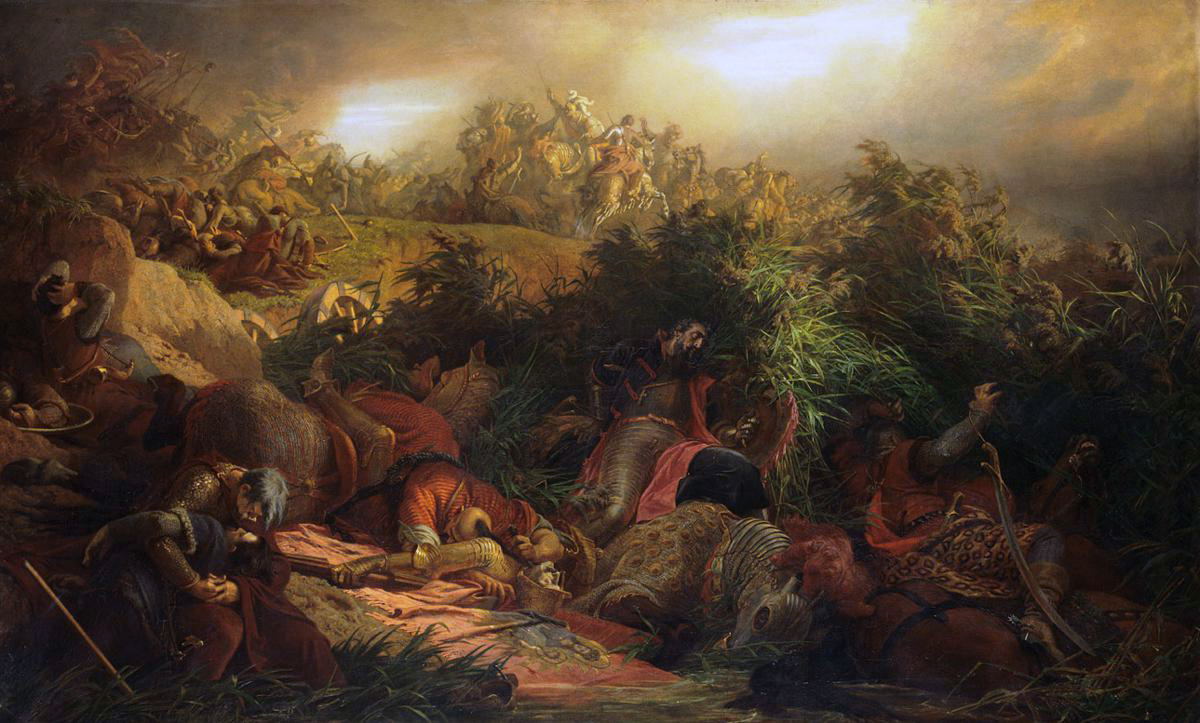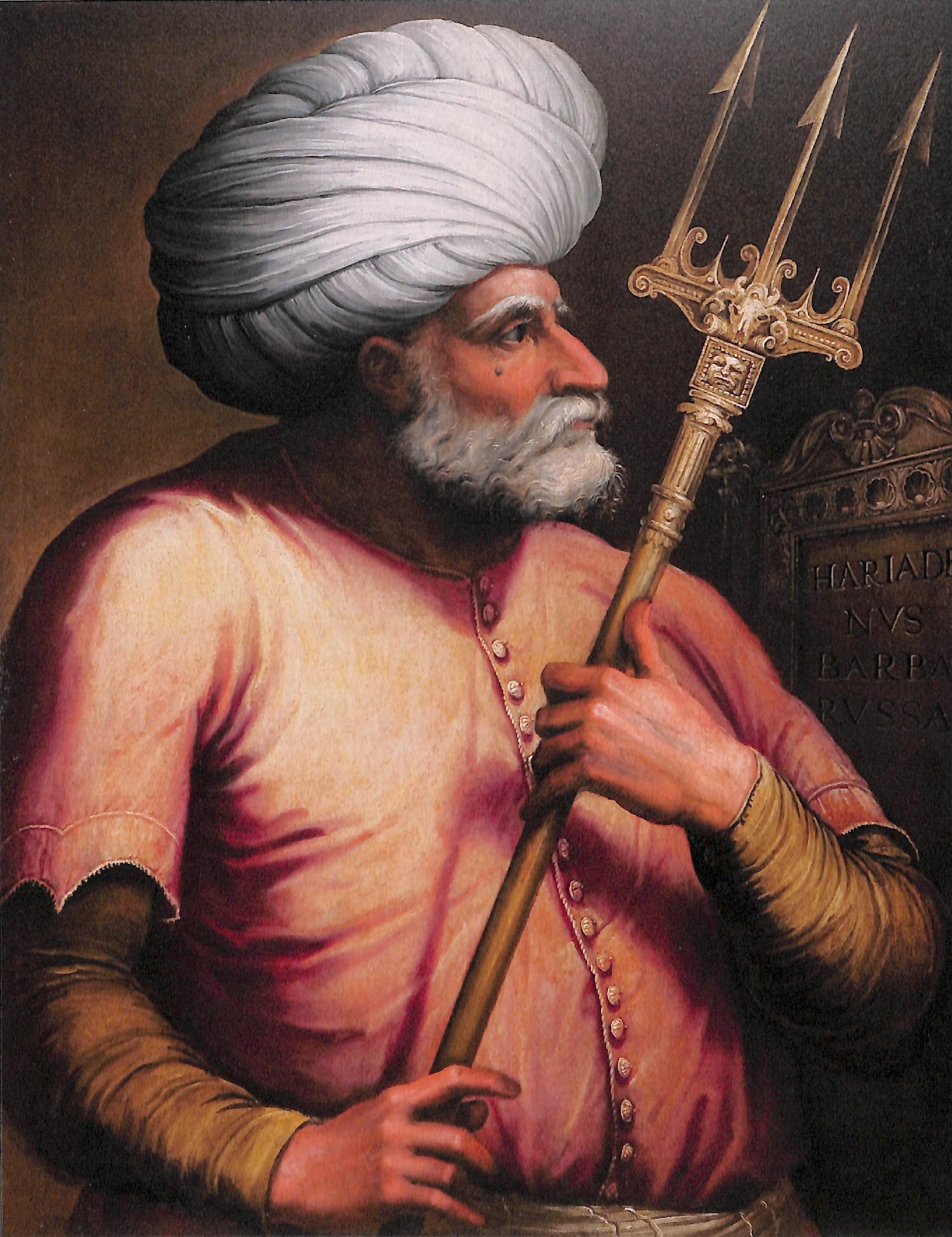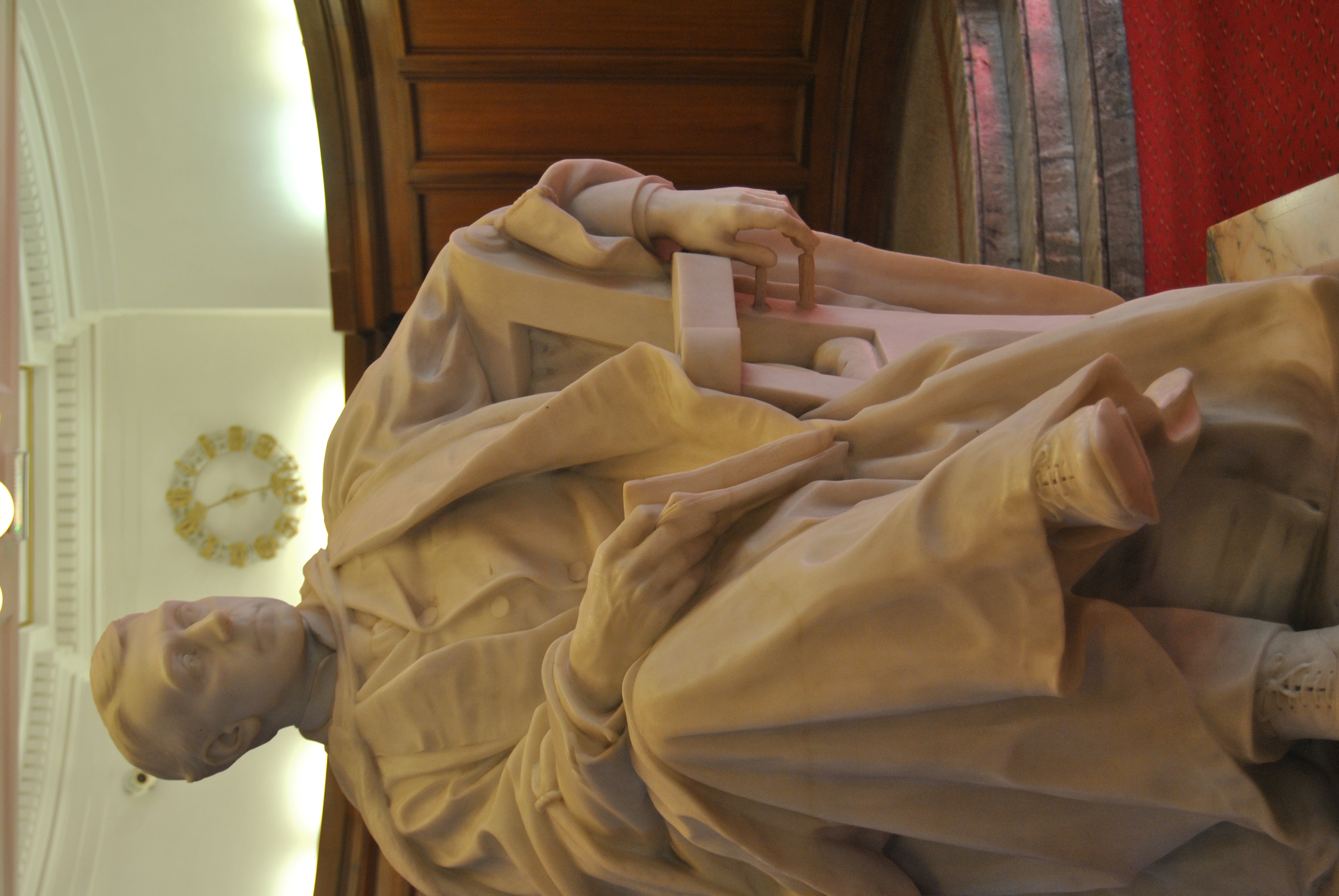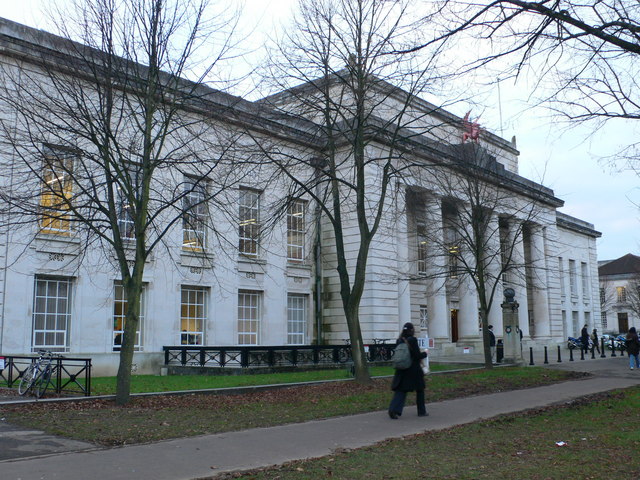|
Murad Agha
Murad Agha (, 1480 – 1556) was a Sicilians, Sicilian-born Ottoman Empire, Ottoman eunuch and military officer who was the first Pasha of Tripoli, Beylerbey of Tripoli. He held this position from the Siege of Tripoli (1551), capture of the city from the Knights Hospitaller in August 1551 until he was replaced by Dragut in 1553/1554. He was also the ruler of the nearby town of Tajura, where he commissioned the construction of the Murad Agha Mosque. Biography Murad Agha was of Italians, Italian origin. He was born in around 1480 in Ragusa, Sicily, and at a young age he was captured and enslaved by Turkish pirates. He was taken to the Ottoman capital Constantinople, where he was sold to a keeper of the Ottoman Imperial Harem, harem of sultan Selim I and was given the name "Murad". He was castrated as a eunuch, and he became the personal slave of the sultan's favourite, Zulima. At some point he converted from Christianity to Islam. Murad's military career began after Zulima's d ... [...More Info...] [...Related Items...] OR: [Wikipedia] [Google] [Baidu] |
Agha (title)
Agha (; ; ; "chief, master, lord") is an honorific title for a civilian or officer, or often part of such title. In the Ottoman times, some court functionaries and leaders of organizations like bazaar or the janissary units were entitled to the ''agha'' title. In rural communities, this term is used for people who own considerable lands and are influential in their community. Regardless of a rural community, this title is also used for any man who is influential or respected. Etymology The word ''agha'' entered English from Turkish, and the Turkish word comes from the Old Turkic ''aqa'', meaning "elder brother". It is an equivalent of Mongolian word ''aqa'' or ''aka''. Other uses "Agha" is nowadays used as a common Persian honorific title for men, the equivalent of "mister" in English. The corresponding honorific term for women is khanum which is also of Turkic origin. However, the title is considered a baron in comparison to European nobility.Imperial, royal and noble ... [...More Info...] [...Related Items...] OR: [Wikipedia] [Google] [Baidu] |
Constantinople
Constantinople (#Names of Constantinople, see other names) was a historical city located on the Bosporus that served as the capital of the Roman Empire, Roman, Byzantine Empire, Byzantine, Latin Empire, Latin, and Ottoman Empire, Ottoman empires between its consecration in 330 until 1930, when it was renamed to Istanbul. Initially as New Rome, Constantinople was founded in 324 during the reign of Constantine the Great on the site of the existing settlement of Byzantium, and shortly thereafter in 330 became the capital of the Roman Empire. Following the collapse of the Western Roman Empire in the late 5th century, Constantinople remained the capital of the Eastern Roman Empire (also known as the Byzantine Empire; 330–1204 and 1261–1453), the Latin Empire (1204–1261), and the Ottoman Empire (1453–1922). Following the Turkish War of Independence, the Turkish capital then moved to Ankara. Although the city had been known as Istanbul since 1453, it was officially renamed as Is ... [...More Info...] [...Related Items...] OR: [Wikipedia] [Google] [Baidu] |
Suleiman The Magnificent
Suleiman I (; , ; 6 November 14946 September 1566), commonly known as Suleiman the Magnificent in the Western world and as Suleiman the Lawgiver () in his own realm, was the List of sultans of the Ottoman Empire, Ottoman sultan between 1520 and his death in 1566. Under his administration, the Ottoman Empire ruled over at least 25 million people. After succeeding his father Selim I on 30 September 1520, Suleiman began his reign by launching military campaigns against the Christendom, Christian powers of Central and Eastern Europe and the Mediterranean; Siege of Belgrade (1521), Belgrade fell to him in 1521 and Siege of Rhodes (1522), Rhodes in 1522–1523, and at Battle of Mohács, Mohács in 1526, Suleiman broke the strength of the Kingdom of Hungary in the Middle Ages, Kingdom of Hungary. Presiding over the apex of the Ottoman Empire's economic, military, and political strength, Suleiman rose to become a prominent monarch of 16th-century Europe, as he personally led Arm ... [...More Info...] [...Related Items...] OR: [Wikipedia] [Google] [Baidu] |
Hospitaller Malta
Hospitaller Malta, known in Maltese history as the Knights' Period (, ), was a '' de facto'' state which existed between 1530 and 1798 when the Mediterranean islands of Malta and Gozo were ruled by the Order of St. John of Jerusalem. It was formally a vassal state of the Kingdom of Sicily, and it came into being when Emperor Charles V granted the islands as well as the city of Tripoli in modern Libya to the Order, following the latter's loss of Rhodes in 1522. Hospitaller Tripoli was lost to the Ottoman Empire in 1551, but an Ottoman attempt to take Malta in 1565 failed. Following the 1565 siege, the Order decided to settle permanently in Malta and began to construct a new capital city, Valletta. For the next two centuries, Malta went through a Golden Age, characterized by a flourishing of the arts, architecture, and an overall improvement in Maltese society. In the mid-17th century, the Order was the ''de jure'' proprietor over some islands in the Caribbean, making it th ... [...More Info...] [...Related Items...] OR: [Wikipedia] [Google] [Baidu] |
Jean Parisot De Valette
Fra' Jean "Parisot" de (la) Valette (; – 21 August 1568) was a French nobleman and 49th Grand Master of the Order of Malta, from 21 August 1557 to his death in 1568. As a Knight Hospitaller, joining the order in the , he fought with distinction against the Turks at Rhodes. As Grand Master, Valette became the Order's hero and most illustrious leader, commanding the resistance against the Ottomans at the Great Siege of Malta in 1565, sometimes regarded as one of the greatest sieges of all time. The foundation stone of Valletta was laid by Grandmaster La Valette in 1566. He did not live to see Valletta completed, as he died in 1568 and was succeeded by Grandmaster Pierre de Monte. Early life He was born into the noble La Valette family in Quercy, South-western France, which had been an important family in France for many generations, various members having participated in the Crusades. Jean Parisot's grandfather, Bernard de La Valette, was a Knight and King's Orderly, and ... [...More Info...] [...Related Items...] OR: [Wikipedia] [Google] [Baidu] |
Tripoli, Libya
Tripoli, historically known as Tripoli-of-the-West, is the capital city, capital and largest city of Libya, with a population of about 1.317 million people in 2021. It is located in the northwest of Libya on the edge of the desert, on a point of rocky land projecting into the Mediterranean Sea and forming a bay. It includes the port of Tripoli and the country's largest commercial and manufacturing center. It is also the site of the University of Tripoli. Tripoli was founded in the 7th century BC by the Phoenicians, who gave it the Libyco-Berber name (), before passing into the hands of the Greek rulers of Cyrenaica as Oea (). Due to the city's long history, there are many sites of archeological significance in Tripoli. ''Tripoli'' may also refer to the (top-level administrative division in the Libyan system), the Tripoli District, Libya, Tripoli District. Name In the Arab world, Tripoli is also known as "Tripoli-of-the-West" (), to distinguish it from Tripoli, Lebanon, known ... [...More Info...] [...Related Items...] OR: [Wikipedia] [Google] [Baidu] |
Hospitaller Tripoli
Tripoli, today the capital city of Libya, was ruled by the Knights Hospitaller between 1530 and 1551. The city had been under Spanish rule for two decades before it was granted as a fief to the Hospitallers in 1530 along with the islands of Malta and Gozo. The Hospitallers found it difficult to control both the city and the islands, and at times they proposed to either move their headquarters to Tripoli or to abandon and raze the city. Hospitaller rule over Tripoli ended in 1551 when the city was captured by the Ottoman Empire following a siege. History During an Ottoman siege in 1522, the Knights Hospitaller were expelled from Rhodes, which had been their base since the early 14th century. They subsequently entered negotiations with Spanish Emperor Charles V who offered them Tripoli and the islands of Malta and Gozo as their new base. Tripoli had been under Spanish rule since its capture in 1510. A delegation sent by the Hospitallers produced a report which stated that th ... [...More Info...] [...Related Items...] OR: [Wikipedia] [Google] [Baidu] |
Hayreddin Barbarossa
Hayreddin Barbarossa (, original name: Khiḍr; ), also known as Hayreddin Pasha, Hızır Hayrettin Pasha, and simply Hızır Reis (c. 1466/1483 – 4 July 1546), was an Ottoman corsair and later admiral of the Ottoman Navy. Barbarossa's naval victories secured Ottoman dominance over the Mediterranean during the mid-16th century. Born on Lesbos, Khizr began his naval career as a corsair under his elder brother Oruç Reis. In 1516, the brothers captured Algiers from Spain, with Oruç declaring himself Sultan. Following Oruç's death in 1518, Khizr inherited his brother's nickname, "Barbarossa" ("Redbeard" in Italian). He also received the honorary name ''Hayreddin'' (from Arabic '' Khayr ad-Din'', "goodness of the faith" or "best of the faith"). In 1529, Barbarossa took the Peñón of Algiers from the Spaniards. In 1533, Barbarossa was appointed Kapudan Pasha (grand admiral) of the Ottoman Navy by Suleiman the Magnificent. He led an embassy to France in the same year, ... [...More Info...] [...Related Items...] OR: [Wikipedia] [Google] [Baidu] |
Cardiff University
Cardiff University () is a public research university in Cardiff, Wales. It was established in 1883 as the University College of South Wales and Monmouthshire and became a founding college of the University of Wales in 1893. It was renamed University College, Cardiff in 1972 and merged with the University of Wales Institute of Science and Technology in 1988 to become University of Wales College, Cardiff and then University of Wales, Cardiff in 1996. In 1997 it received Academic degree, degree-awarding powers, but held them in abeyance. It adopted the trade name, operating name of Cardiff University in 1999; this became its legal name in 2005, when it became an independent university awarding its own degrees. Cardiff University is the only List of universities in Wales, Welsh member of the Russell Group of research-intensive British universities. Academics and alumni of the university have included four heads of state or government and two Nobel laureates. the university's academ ... [...More Info...] [...Related Items...] OR: [Wikipedia] [Google] [Baidu] |
Welsh School Of Architecture
The Welsh School of Architecture (WSA) () is an academic school of Cardiff University. It is generally regarded as a world leading school of architecture, and one of the top architecture schools in Britain. In 2019, QS ranked the school immediately behind Ivy League school Princeton and ahead of Pennsylvania and Yale."2019 QS World University Rankings by subject" ''QS World Ranking'', 2019. Retrieved 2020-19-01. The Welsh School of Architecture is currently listed as number 3 in the UK by The Guardian Rankings, number 5 by the complete university guide, and number 5 in the UK by the QS Subject rankings. Background The Welsh School of Architecture was established in 1920[...More Info...] [...Related Items...] OR: [Wikipedia] [Google] [Baidu] |
Berlin
Berlin ( ; ) is the Capital of Germany, capital and largest city of Germany, by both area and List of cities in Germany by population, population. With 3.7 million inhabitants, it has the List of cities in the European Union by population within city limits, highest population within its city limits of any city in the European Union. The city is also one of the states of Germany, being the List of German states by area, third smallest state in the country by area. Berlin is surrounded by the state of Brandenburg, and Brandenburg's capital Potsdam is nearby. The urban area of Berlin has a population of over 4.6 million and is therefore the most populous urban area in Germany. The Berlin/Brandenburg Metropolitan Region, Berlin-Brandenburg capital region has around 6.2 million inhabitants and is Germany's second-largest metropolitan region after the Rhine-Ruhr region, as well as the List of EU metropolitan areas by GDP, fifth-biggest metropolitan region by GDP in the European Union. ... [...More Info...] [...Related Items...] OR: [Wikipedia] [Google] [Baidu] |
Favourite
A favourite was the intimate companion of a ruler or other important person. In Post-classical Europe, post-classical and Early modern Europe, early-modern Europe, among other times and places, the term was used of individuals delegated significant political power by a ruler. It was especially a phenomenon of the 16th century, 16th and 17th century, 17th centuries, when government had become too complex for many hereditary rulers with no great interest in or talent for it, and political institutions were still evolving. From 1600 to 1660 there were particular successions of all-powerful minister-favourites in much of Europe, particularly in Spain, England, France and Sweden. By the late 17th century, the royal favourite as quasi-Prime minister, Prime Minister declined; in France, the King resolved to Absolutism (European history), rule directly, while in Britain, as the power of the monarch relative to Parliament of the United Kingdom, Parliament declined, executive power slowly ... [...More Info...] [...Related Items...] OR: [Wikipedia] [Google] [Baidu] |







